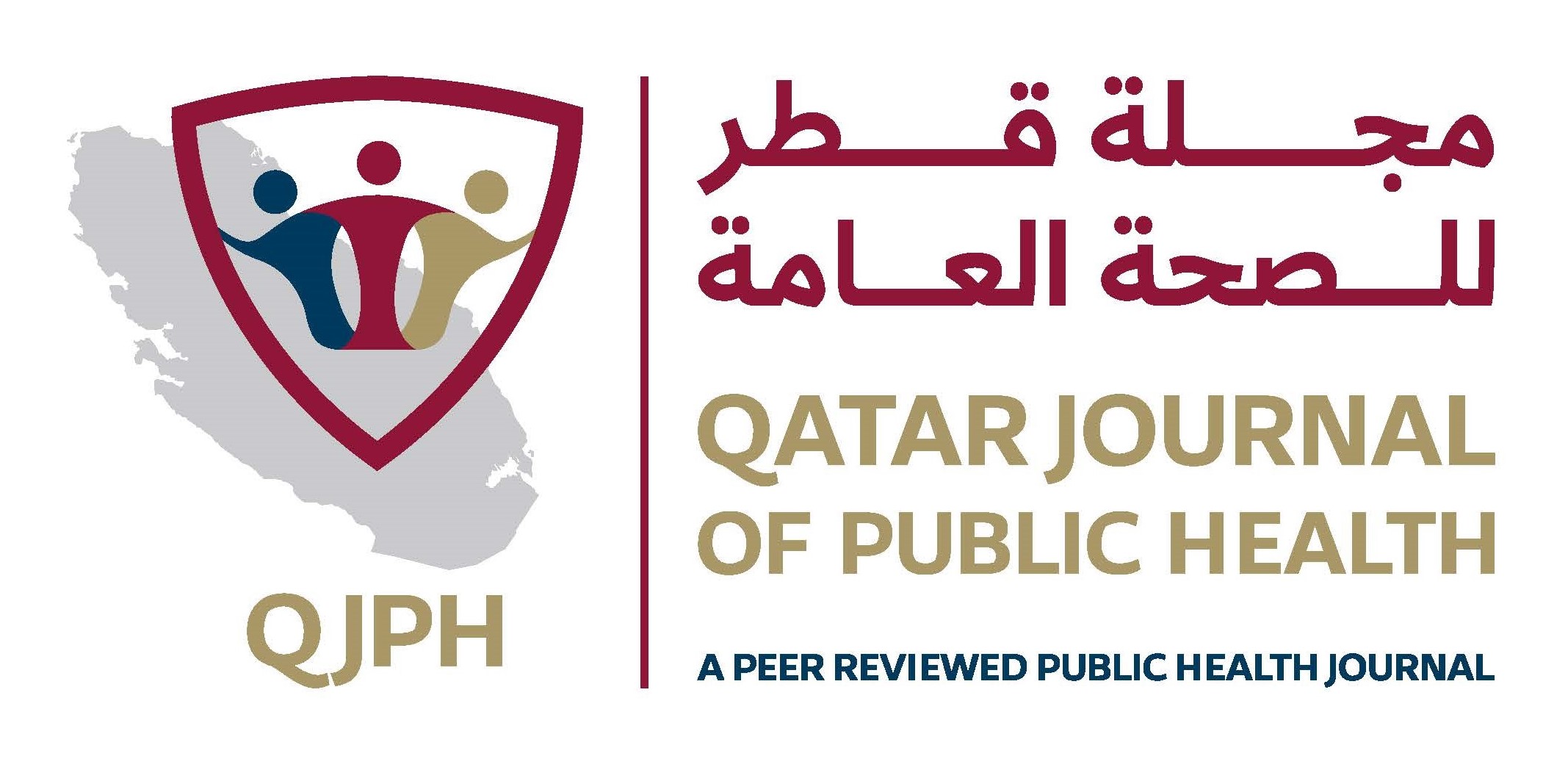-
oa Nourishing insights: Exploring how primary healthcare practitioners’ eating habits influence diet counseling approaches in Qatar
- Source: Qatar Journal of Public Health, Volume 2025, Issue 1, May 2025, 1
-
- 22 April 2024
- 19 January 2025
- 26 February 2025
Abstract
Background: Physicians have the potential to significantly impact their patients’ health habits through effective lifestyle counseling. To influence patient behavior, physicians themselves need to practice healthy habits. The aim of this article was to investigate dietary patterns among primary healthcare practitioners (PHPs) in Qatar and their impact on related counseling practices with patients.
Methods: We conducted a cross-sectional survey among PHPs working at the primary healthcare centers in Qatar in 2020–2021 using a self-administered questionnaire adapted mainly from the World Health Organization’s (WHO’s) Stepwise survey. Institutional ethical approval was obtained before the start of the study.
Results: Of 511 PHPs, a total of 306 participated in the survey. The majority were 41–50 years old (51.4%), males (58.1%), and non-Arabs (55.8%). Approximately three-quarters (75.1%) of PHPs did not meet the WHO recommendations for fruit and vegetable intake. Of the patients, 58.2% were counseled on a healthy diet and weight management. Using logistic regression, we found that gender is the only independent predictor of meeting the WHO recommendations for fruit and vegetable intake, with females more likely to meet the recommendations than males (adjusted OR 2.9, 95% CI: 1.35–6.27, p = 0.007). Linear regression analysis showed that PHPs’ consumption of fast food and sweets on one day or less per week was significantly associated with an approximately 20% increase in the percentage of their patients counseled on diet (p = 0.012). PHPs found that lack of time and language barriers extremely limited their counseling practices.
Conclusion: The majority of primary healthcare providers do not adhere to the WHO guidelines on fruit and vegetable consumption. Physicians’ lifestyle behaviors can have a significant impact on their patient counseling practices. Implementing PHP-focused lifestyle interventions and providing behavioral support can help align physicians’ personal dietary habits with counseling practices, ultimately improving patient care outcomes.



